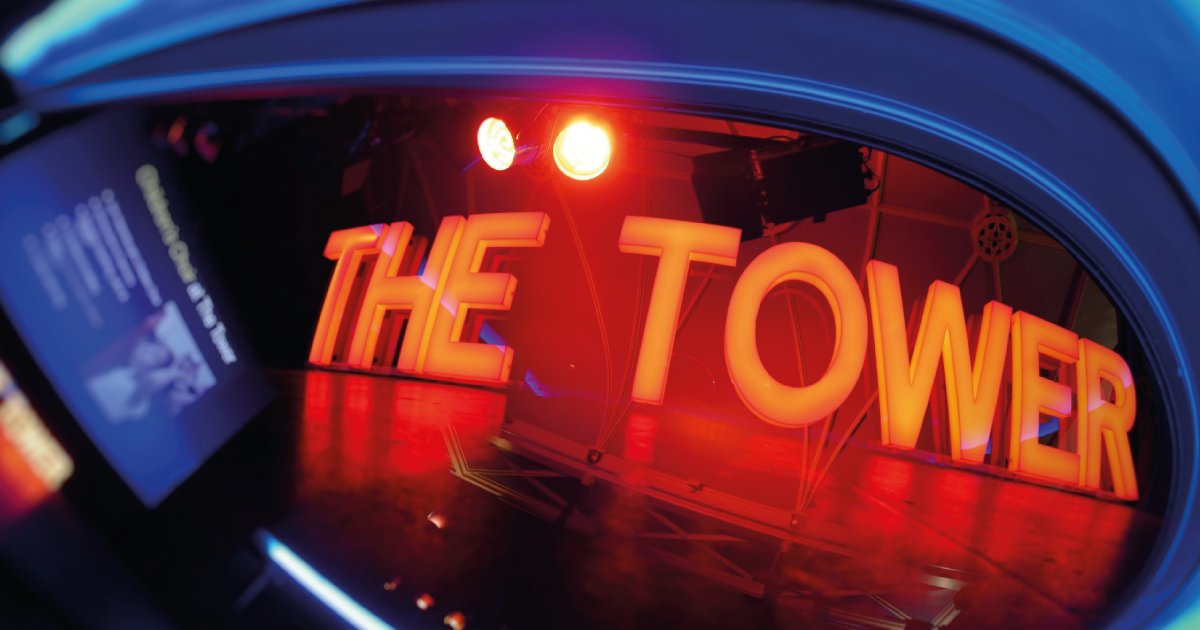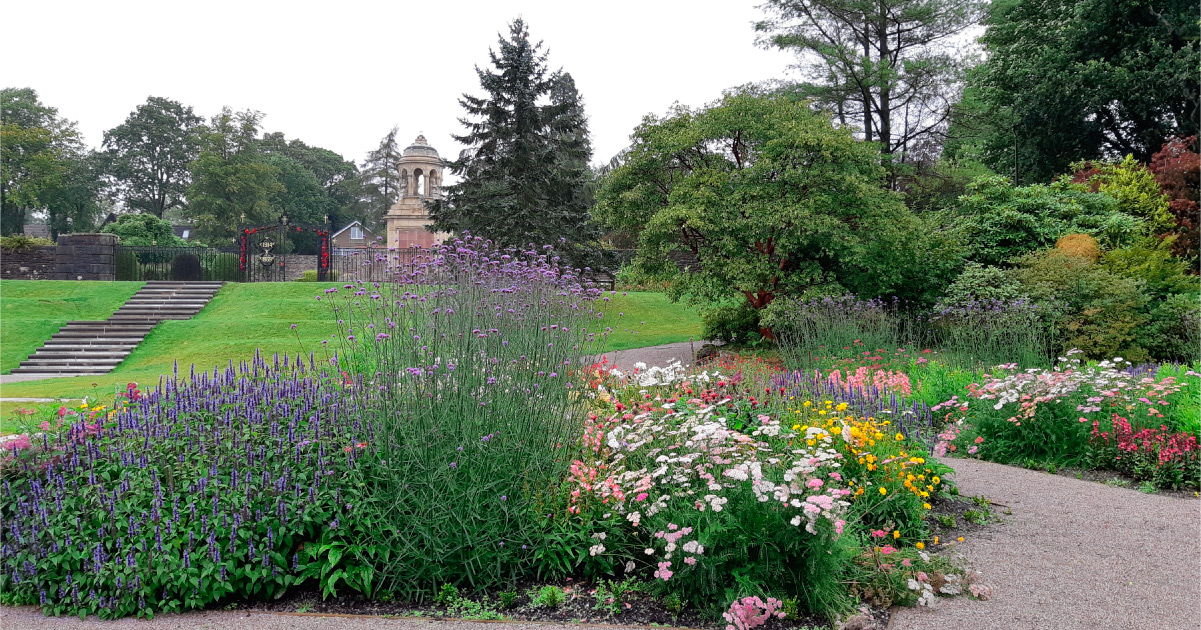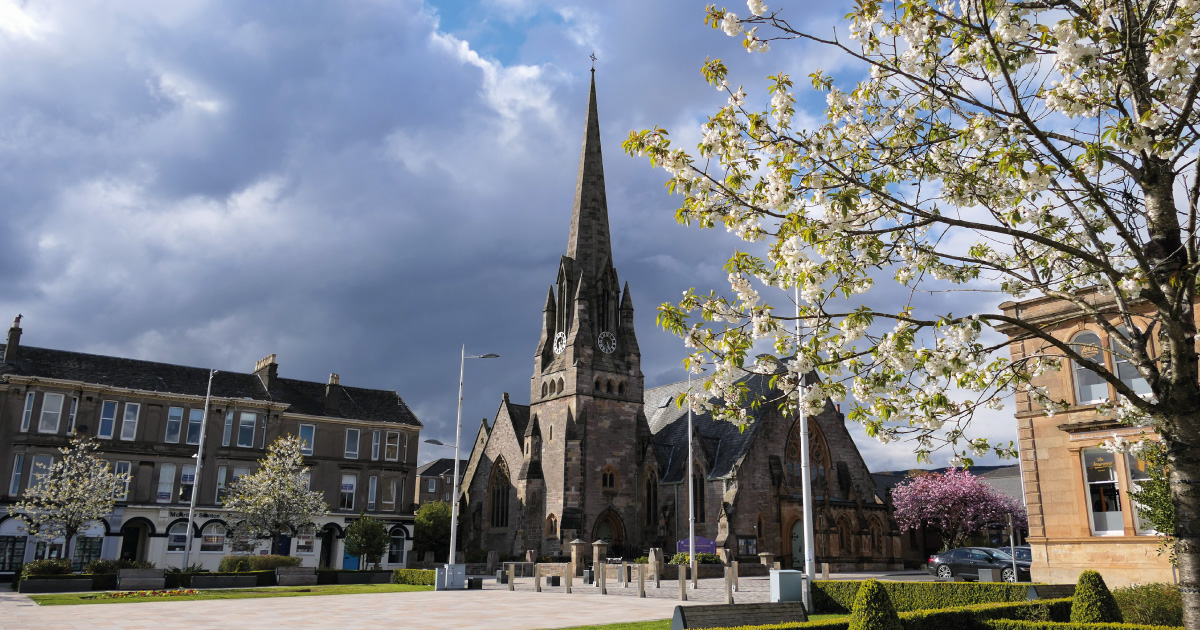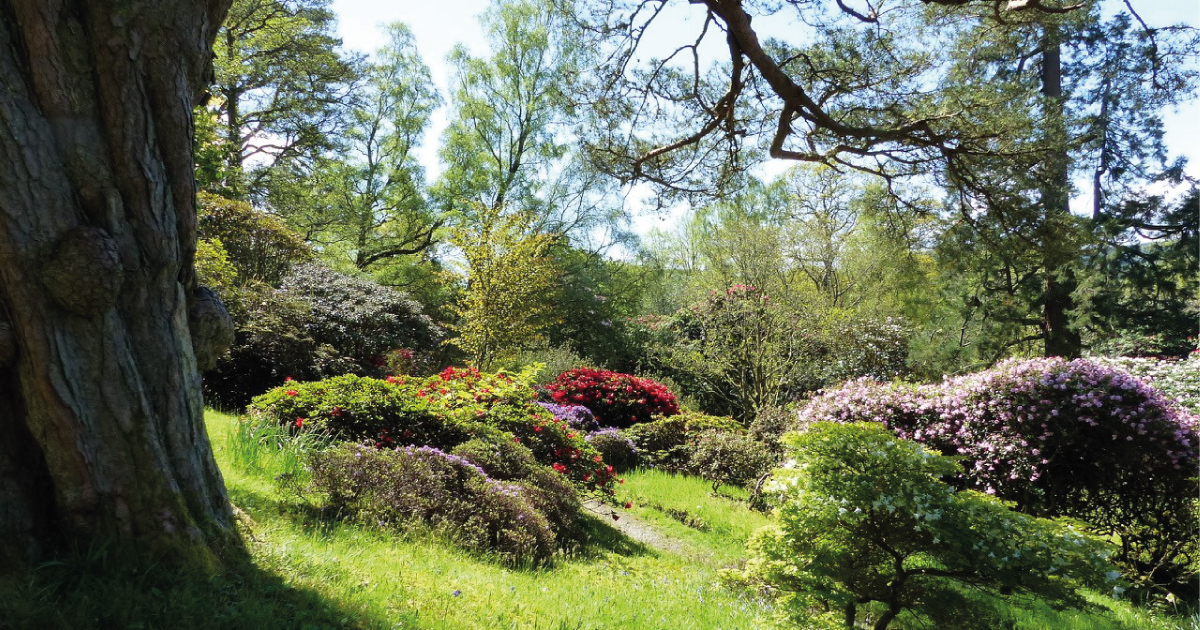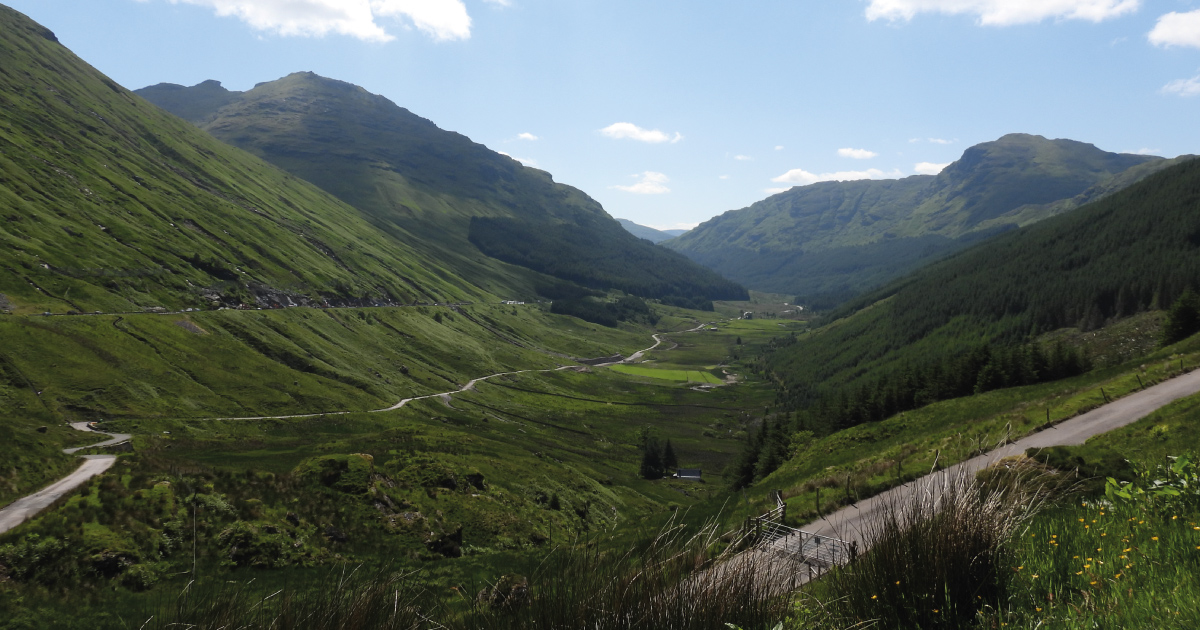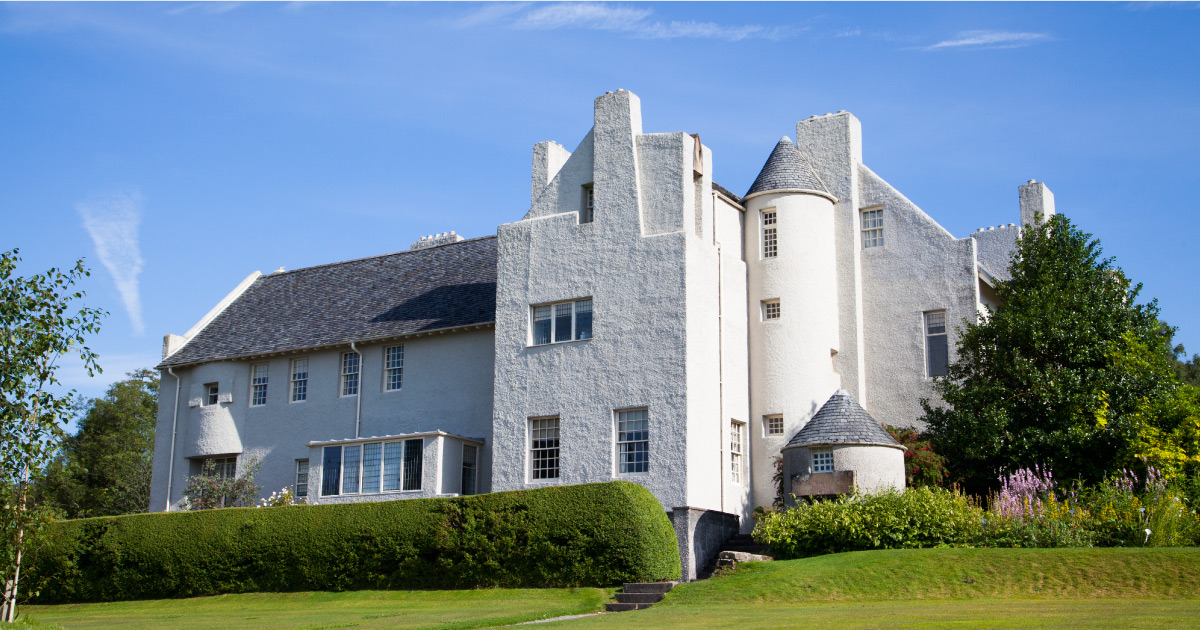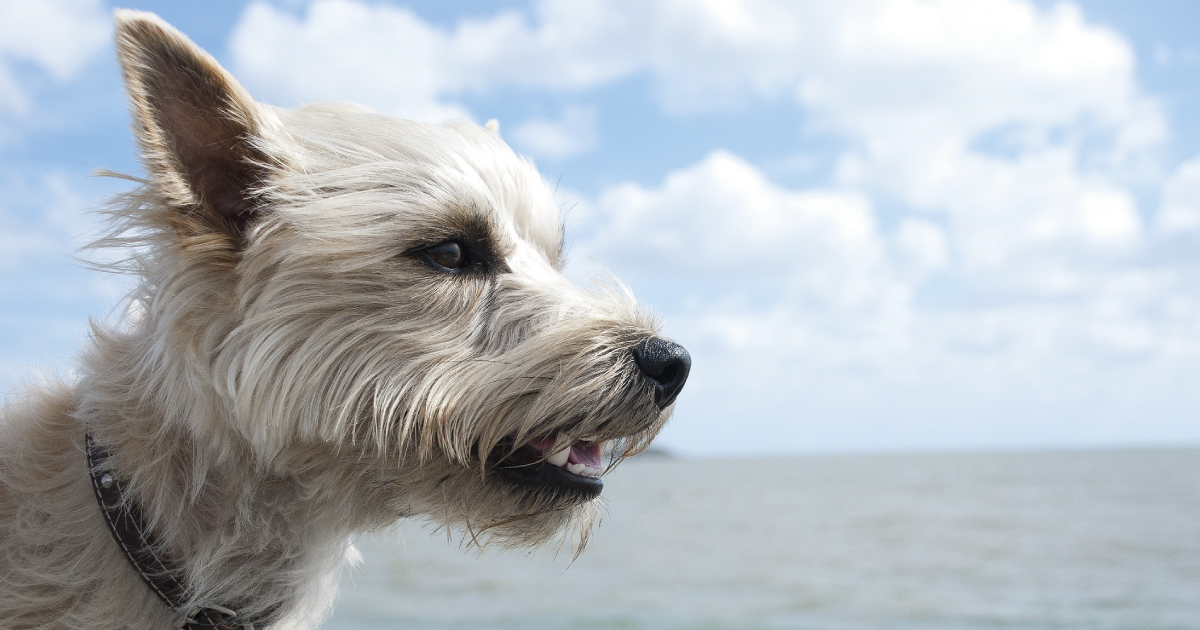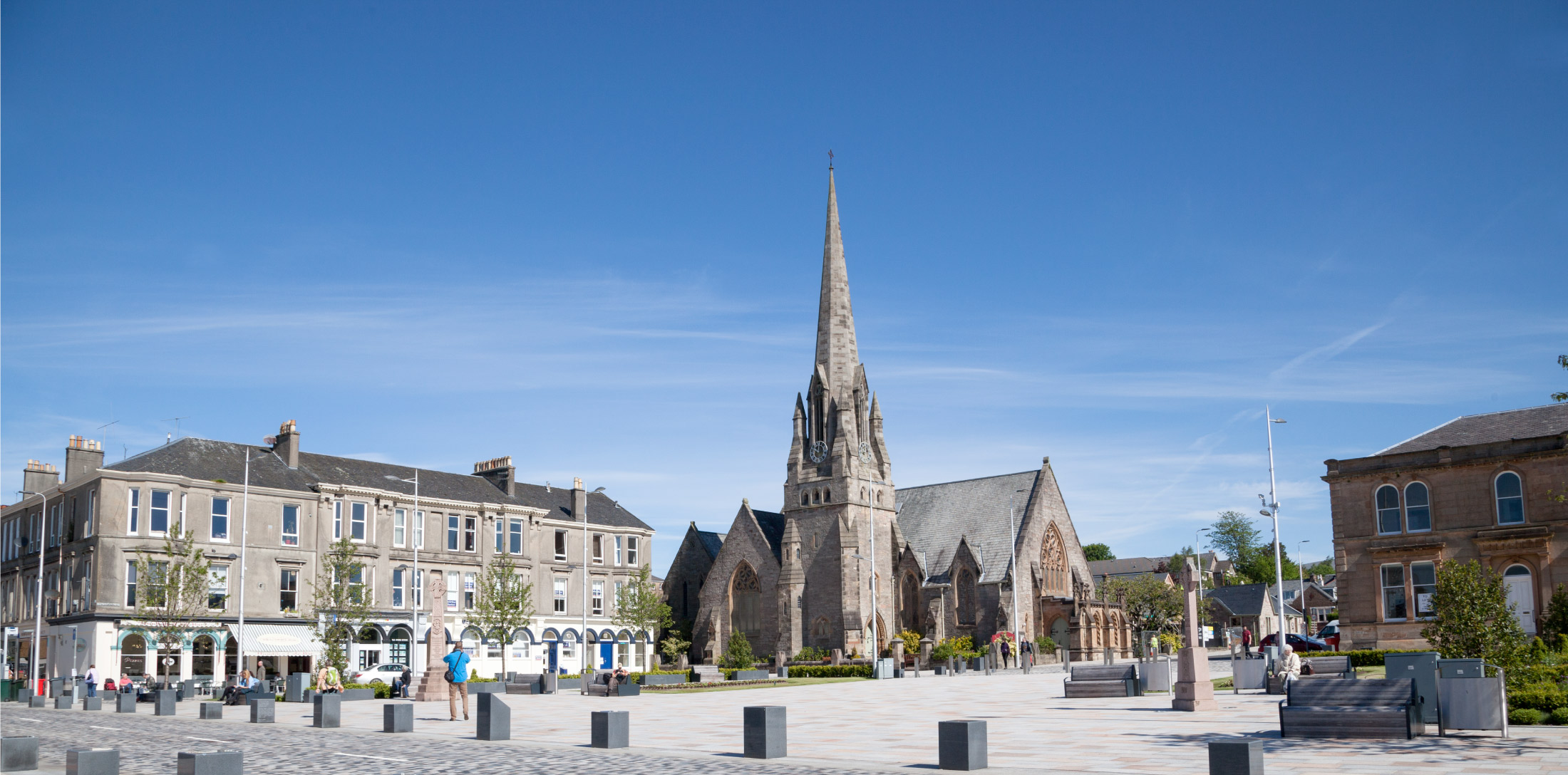
The Outdoor Museum
The Outdoor Museum explores the rich history of Helensburgh & Lomond, with exhibits placed on granite plinths in Colquhoun Square.
As part of the redevelopment of Colquhoun Square in Helensburgh, over 100 granite bollards were placed around the Square. These were designed to be used as plinths to display objects, images and texts of significance to the town, and explore and celebrate the rich and varied history of Helensburgh for local residents and visitors. The museum is an ongoing project with new items being added over time, and each plinth carries information and in some cases QR Codes and you can also visit the Outdoor Museum website to find out more. Below are some of the plinths already in the Square:
- A cross replicating the one from St Bride’s Church, Helensburgh. Now demolished, the Church was home to Rev. John Baird, father of John Logie Baird, the inventor of Television.
- A coal piece cast in bronze. Charles Harper became the first Manager of the Metropolitan Coal Mine at Camp Creek, New South Wales, Australia. Story has it that Camp Creek was renamed after his birthplace, thus Harper is regarded as the founding father of Helensburgh, NSW, and the coal piece was sent from the mine in Helensburgh NSW.
- A plaque representing the Helensburgh Scout Troop, which was founded in 1908, one of the earliest troops registered.
- A plinth commemorating the John Muir Way which begins/ends in Helensburgh, with items designed by pupils at Hermitage Academy (pictured right).
- A replica of Henry Bell‘s Bell from the 1812 PS Comet, recognised as the first commercially successful steamship in Europe.
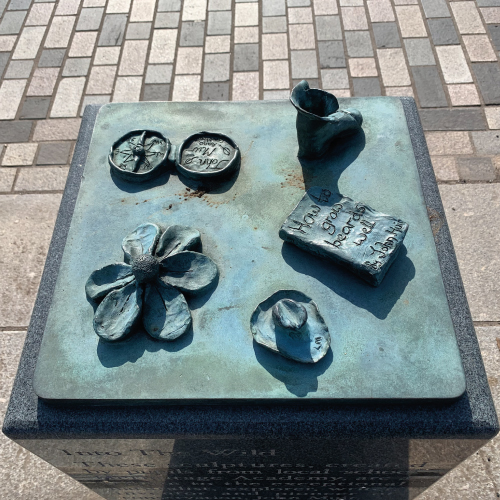
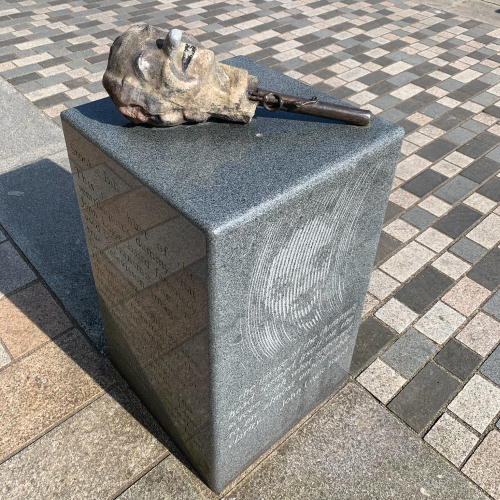
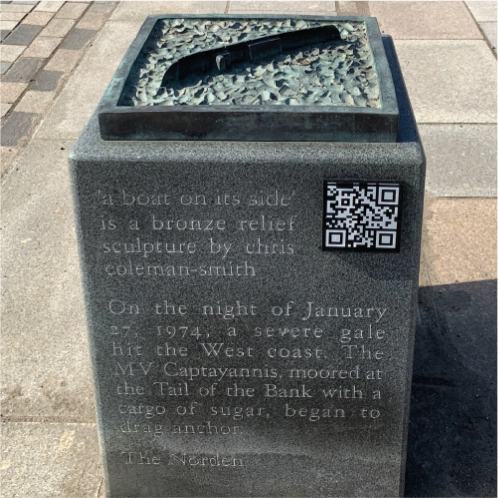
- Stookie Bill represents the head of the ventriloquist dummy that John Logie Baird famously used to transmit the first true television image in October 1925 (pictured left).
- Bottles – 2 bottles representing the tradition of aerated water manufacture in Helensburgh, beginning in the late 1800’s, from wells bored into the ground. Comrie & Co’s water came from the ‘Fairy Springs‘, and ‘Lily Springs‘ was another local company, even exported to Spain and America.
- Butter spades came from those belonging to a family with a history as master grocers in Glasgow and Helensburgh, the Curley’s.
- In 1851 William Lees, aged 16, became an apprentice shoemaker, and the ‘Wee Shoes‘ represent his family’s long association with Helensburgh as shoemakers and cobblers.
- The Sugar Boat remembers the sinking of the MV Captayannis in 1974, and the wreck is still visible today in the Firth of Clyde from Helensburgh seafront (pictured left).
- Memorial to the K13 submarine which sank in the Gare Loch in 1917 and the remarkable rescue of 48 survivors.
- Sea Fever, an abstract sculpture by local artist Lesley Carruthers.
- The Lions Bus represents the Helensburgh Lions Club which from 1964 provided free transportation to the Vale of Leven Hospital, and is one of the longest serving Lions Clubs in Scotland.

